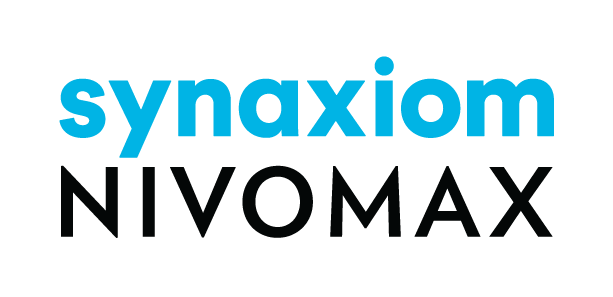Purpose of the Change
NIVOMAX version 3.5.x uses a new method to generate the Device ID, see NMX-V-35X-16. In earlier versions, NIVOMAX used hardware signatures to create a Device ID. This old method caused issues for users with virtual Windows environments. Now, the software generates a Device ID that does not depend on the computer’s hardware.
What Is the Impact on the User?
There is no impact for most users. NIVOMAX automatically updates the Device ID in the Self-Serve Portal when you go online. Air-gap users (offline users) must exchange offline profiles to update their information in the Self-Serve Portal.
- New Users: You see the new Device ID format. There is no change to your setup or user experience.
- Upgraded Users (from version 3.4.x to 3.5.x): You see a new Device ID the first time you start NIVOMAX Viewer 3.5.x and sign in. If you are offline (air gap installations), you must exchange profiles to update the Self-Serve Portal.
New Device ID Format
A new Device ID has:
- A prefix that identifies the app or edition.
- A key made of five groups of four alphanumeric characters.
Example: NVM-WIN-DSK-A932S-23KLD-JF3SE-SDF23-FD34D
Prefixes
- NVM-WIN-DSK: Desktop Edition
- NVM-MOB-IOS: iOS Mobile Edition
- NVM-NET-DSR: Network Edition – Data Server
- NVM-NET-CLV: Network Edition – Client Viewer
Device ID and System Types
-
Desktop Edition
- The Device ID is not tied to your hardware but instead to your installation.
- When offline, exchange the profile to update the Self-Serve Portal.
-
Network Edition – Client Viewer (Windows Server via RDP)
- Each Windows user account on the same server creates a unique Device ID.
- The client name is the same for all users on that server as there only exists a single installation.
- In the NIVOMAX Data Server – Network Client Manager, users see the same Client Name with different Device IDs for each user under the Client ID column.
-
Desktop Edition on Windows Server (Single Instance)
- Only one user at a time can run the NIVOMAX Viewer in Desktop Edition on a Windows Server.
- Why? Each data license is single-use. Allowing concurrent users in this setup would violate the single-use license.
- If multiple concurrent users are required, the NIVOMAX Network Edition is recommended.
- When a second user tries to run the Desktop Edition, an error message (Viewer-0055) appears: “Cannot start the NIVOMAX Viewer Desktop Edition: Another user is currently running it on this computer. Please close the app or try again later.”
When Does the Device ID Change?
- When you first launch NIVOMAX 3.5.x and sign in after installation or upgrade, the Device ID changes from the old format to the new format.
- If you uninstall NIVOMAX Viewer and un-select the option “Preserve NIVOMAX Configurations for Future Use“, the Device ID is deleted. A new Device ID is created when you reinstall the NIVOMAX Viewer.
Summary
The NIVOMAX v3.5.x upgrade introduces a new, Device ID system. It removes hardware-based issues and better supports virtual environments. The change is automatic for most users, with no actions required. Air-gap users simply need to perform an offline profile exchange to update their records.

